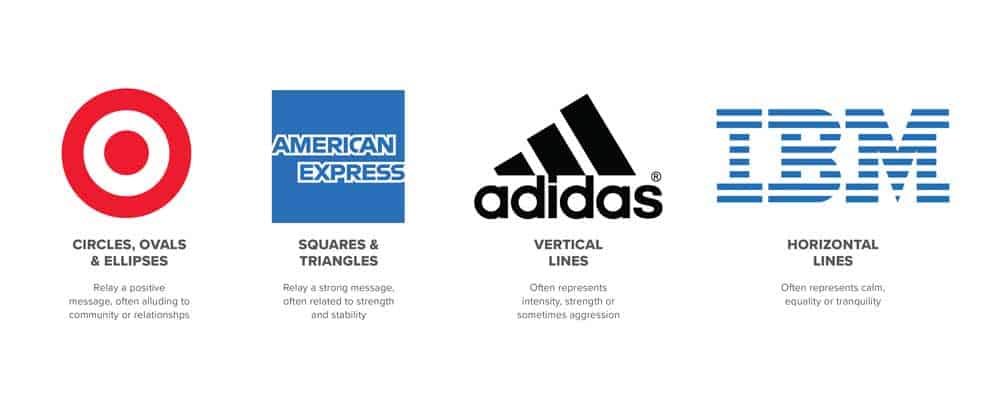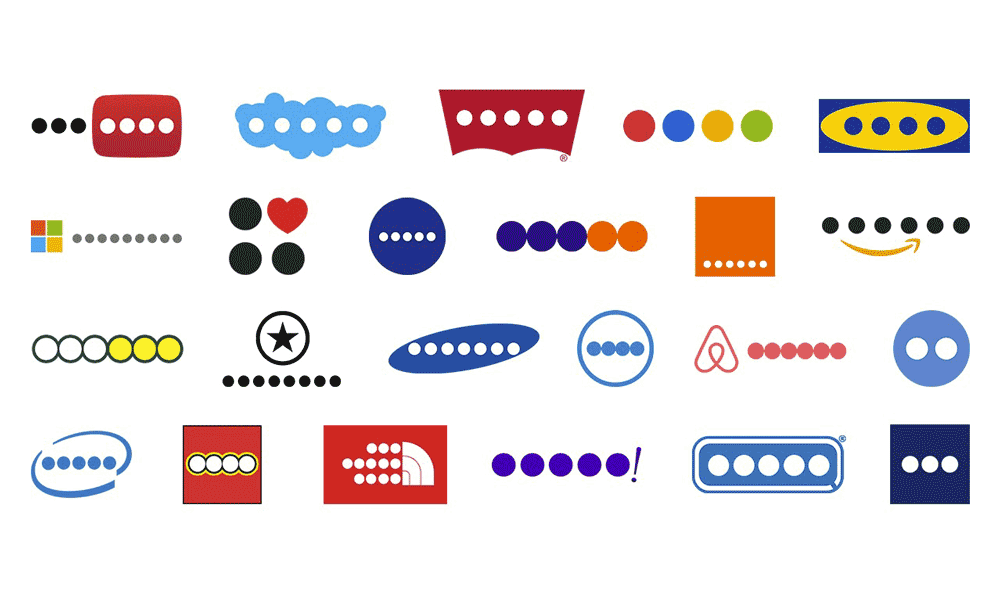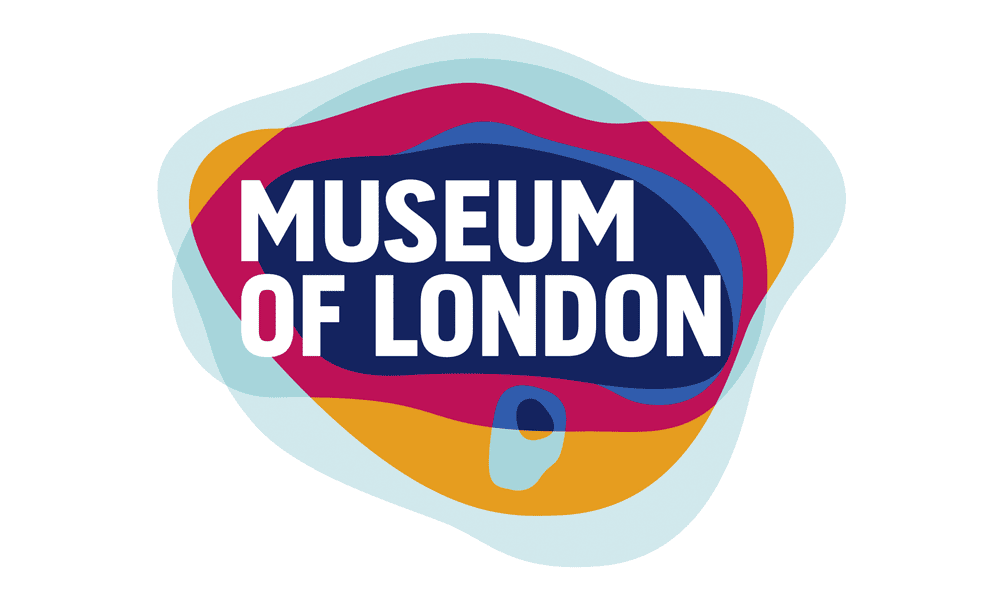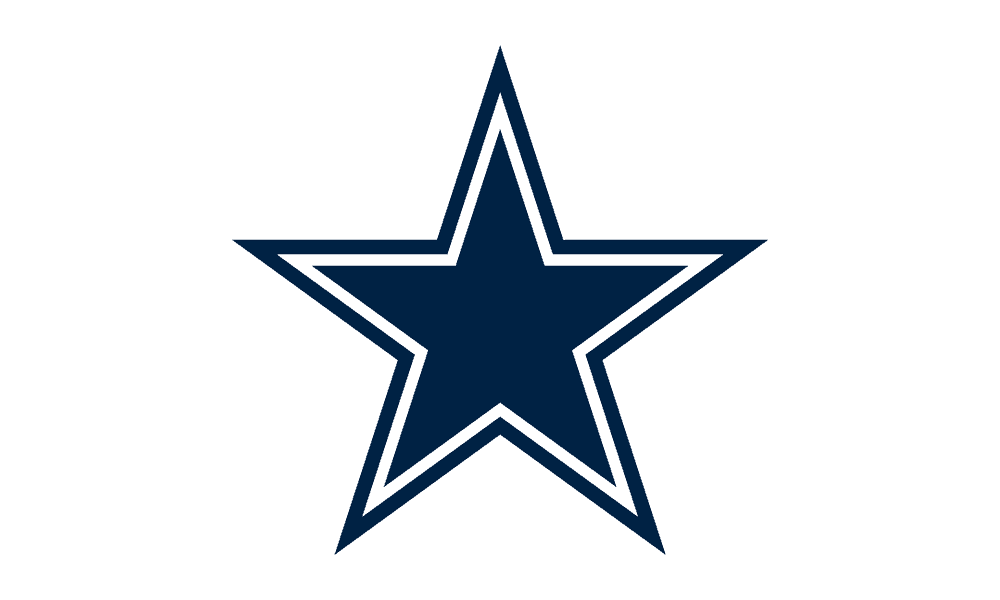
17 Nov The Science Behind Logo Shapes And How They Affect Human Behaviour
The Science Behind Logo Shapes And How They Affect Human Behaviour
Whenever you come across a logo, you’re exposed to a brand personality. The more you look at it, the deeper you find yourself immersed in a sea of meanings that a company projects towards its customers.
As the latter starts interacting with a brand, the logo becomes a memorable aspect that shapes the image of the brand’s personality.
For instance, if you’re looking for tissues, specifically Kleenex, you will be inclined to buy the brand instead of the 20 others on the shelf. Why?
The reason is that the logo is the symbol via which a brand presents itself to the world.
Apart from inciting the consumer emotions, these motivate the purchase decisions.
For that reason, a logo must be a distinct conveyor of the brand’s ideals, mission, vision and core messages. Any brand should design its logo, keeping in view the audience’s perception.
Primarily, the elements of the logo have a crucial relation to its appearance raging to its perceptions.
From colours to the logo shapes, everything is linked strongly to human behaviour and the effects on it.
In this article, we’ll discuss how a logo shape impacts the human mind and the science behind it.
We’ll then walk you down to examining each type of shape and how it challenges the human mind to come up with different assumptions of what the logo means and how to behave toward it.
Before we plunge into the details, let’s start by digging deep into the scientific basis of how the logo shapes impact the human mind in general.
Shapes, Human Mind, And Logos: What Is Going On Right Now?

The brain is essentially a complex organ that relies on visuals from the outside world.
The image and shape perception feeds the cognitive ability to recognise, manipulate, interpret, and interact with the outside world.
As soon as anything reaches the cognitive perception via the senses, it rolls out a mind map that enables processing of the current occurrence and relates it to the previous experiences and exposures to establish reasonable, familiar connections.
According to scientific evidence, the perceptual process aids greatly in categorising and understanding the objects based on their shapes.
These shapes are the attributes of objects that occur around us.
Even if the object is absent, the memory of the object (in the form of its shape) highlights the essential characteristics of the object.
If we put the mind in the framework where it is regularly subjected to a logo show, it will recognise the shapes to pick out specific characteristics of the object it can associate with and then will connect the other elements like colours and fonts, etc. to create new meanings of the overall logo.
As soon as they become a part of the memory, the brain relates emotions with shapes. The emotional association can be so strong that people subconsciously associate their feelings with shapes of inanimate objects unconsciously.
While some forms can be sad, some can be angry, expressing a variety of emotions.
A typical example is that of a heart, which people use when displaying a feeling of love and sentiment.
Symbolism plays through the logo use, which is what many smart brands use to their advantage to attract customers.
They use this universal code to connect with the audience on a personal level and affect their buying choices, even without letting them realise it.
Logo Shapes And The Impacts They Create

As discussed above, customers evaluate logos based on their perception as well as their resonation with them.
For every logo, the shape packages a subconscious symbolic meaning.
While logo shapes vary from one brand to another, they are broadly categorised into three main classes:
- Geometric
- Organic
- Abstract
Geometric Logo Shapes

These are the shapes and figures bounded by points and lines. From early childhood, we are introduced to basic geometric figures in the form of toys to sharpen our memory.
We think of geometrics when we hear the word ‘shapes’. Most of these shapes are the ones we see in daily life.
For that reason, logos using the commonly occurring shapes like squares, circles, and triangles develop a connection that we find easy to relate and link our experiences with the form.
Here are a few logo shapes that create a ripple with a different emotion each time.
- Circles: Circles are one of the most influential figures we’ve been witnessing around us. It’s evident that circles are round, and they have been around for centuries. According to a scientific study, circles make us happy. The expressions of happiness form an upward curvilinear open shape, whereas the ones downward evoke feelings of fear. Brands that use loops offer a friendlier approach to the viewers. There’s something about that roundness that projects completion, harmony, and wholeness. Research suggests that circular shapes are associated with softness, indicating the company’s attributes of care, warmth, sensitiveness, and consciousness of the needs of the customers. Also, companies with circular logos drive the level of consumer comfort as compared to angular logos.
- Squares: Like circle and its family, squares and rectangles are also commonly used around the marketing block. The consumers keep interacting with these angular shapes and logos continuously almost all the time. A square or rectangle logo delivers feelings of trust, sternness, balance, order, consistency, and strength. Often, these are used as a perfect combination of boldness and balance. Using its inherent properties, this angular group also defines professionalism and stability. Companies that need to impart a sense of confidence and innovative energy in their brands use square and rectangle logos to create a dynamic appeal. Think of Microsoft, BBC, Colgate, and Lego. Each holds a firm reputation with an energetic and robust identity.
- Triangles: Also, being angular, these directional logo shapes indicate dynamism and energy. The placement of diagonal lines makes up a geometric figure as a triangle to combine and enhance the properties of both lines and angles and draw the viewer’s eyes to the desired direction. The most different attribute of this geometric shape is that it can exhibit different meanings owing to the angular orientation. It could be a simple triangle facing upward, indicating power, stability, and a sense of energy. The inverted version can be associated with risk and tensed feelings. When placed in a diagonal position, it provides the incentive to move or motion, in general.
- Hexagons: Hexagons are exciting logo shapes that are symmetrical, balanced, and transitional between squares and circles. These are not generally rounded; they combine the simplistic and fundamental attributes of circles and squares, making them appear harmonious and fascinating simultaneously. BCS’s logo is an excellent specimen of hexagonal logos in the market.
Organic

As the term indicates, these are the ones that we know and witness in nature around us.
Organic logo shapes include leaves, flowers, trees, animals, mountains, and other inanimate objects that allow the logo designers to draw inspiration from them.
Shapes resembling leaves or trees or animals might seem a bit odd, but they represent the characteristics or quality or even an event of importance for a brand and its consumers.
For instance, the logo of the World Wildlife Federation is a giant panda, which signifies a strong identity that spreads its message beyond all linguistic barriers.
Abstract

Abstract logo shapes offer a new perspective on how the viewers look at logos.
From simple to the complex arrangement of geometric and natural forms, these signify other characteristics that geometric and organic shapes don’t deliver.
Most of all, they are recognised mainly because of their unconventional appearance. They can imply both direct and metaphorical meanings with little hints to what the logo design is about.
In that way, abstract logos create the appeal by appearing mysterious and open to interpretation. Either they baffle the viewer completely or transfer the message immediately without the need for text.
Logo Shapes And Consumer Behavior

As discussed above, logos have a powerful impact – let alone their logo shapes. The latter move the design, considering their combined effect.
Using the right one can boost the impact on the audience and solidify the intended tone. Also, users can link their values with your brand.
For instance, a baseball team with a star logo highlights its characteristics as those resembling a star, such as patriotism.
While designers don’t usually stick to the conventional approach, they mix up different patterns and shapes to create symbolic and to-the-point meaning of a logo – the one that resonates well with the audience.
They combine different shapes and patterns to form logos to signify a company’s core message and mission.
For example, the Adidas logo is composed of three diagonal lines or ‘stripes’ to create an asymmetrical triangle or a mountain.
Since Adidas shoes are highly regarded sportswear, the logo serves as an incentive for action or ‘on the go’ motive. For its inside meanings, it’s a solution for athletes to overcome challenges.
Shapes Influence Human Behaviour

With so many shapes around us, it might be hard for humans to remember or interact with each of them.
To whatever extent we’re exposed, our subconscious absorbs the vibes the shapes around are producing.
The subconscious can process these visuals to decode their meanings in the form of emotions and reactions.
Regardless of the unpredictability of the mysterious human minds, designers experiment with different logo shapes and other logo elements to concoct the perfect image of the company or the brand.
For that reason, knowing the science behind the human mind and how it responds to a variety of shapes, designers and brands can create consumer-friendly solutions.
Author Bio: Mehak Aslam is the digital nomad, currently serving at Invictus Studio. Mainly a scientist, her love for words, marketing, and everything digital has dragged her out of her shell. Mehak satisfies her quench by surfing the waves of trends in the digital world. She’s also in love with Eskimo doggos and is happy to talk about life’s philosophy.
The post The Science Behind Logo Shapes And How They Affect Human Behaviour is by Stuart and appeared first on Inkbot Design.


